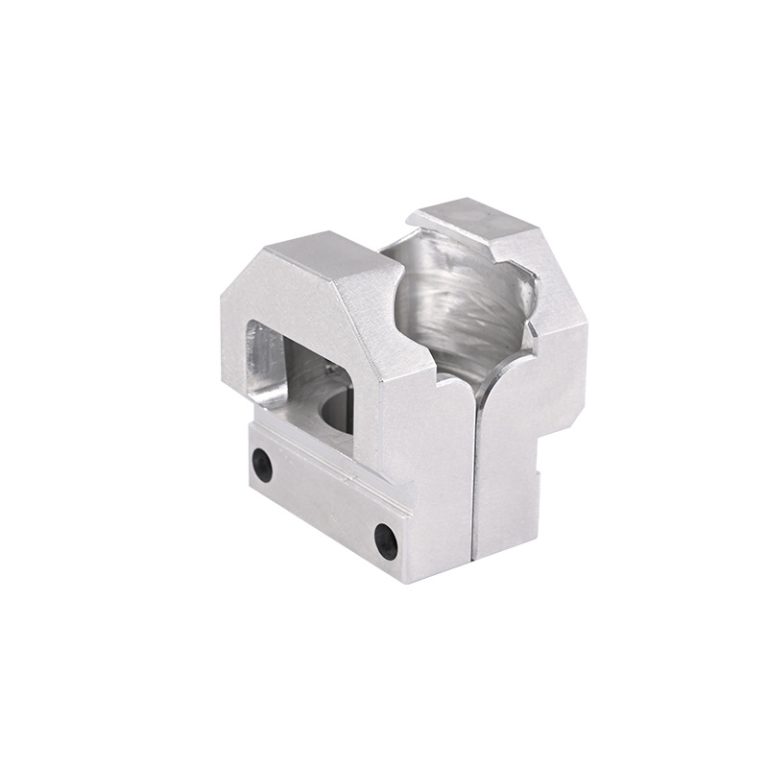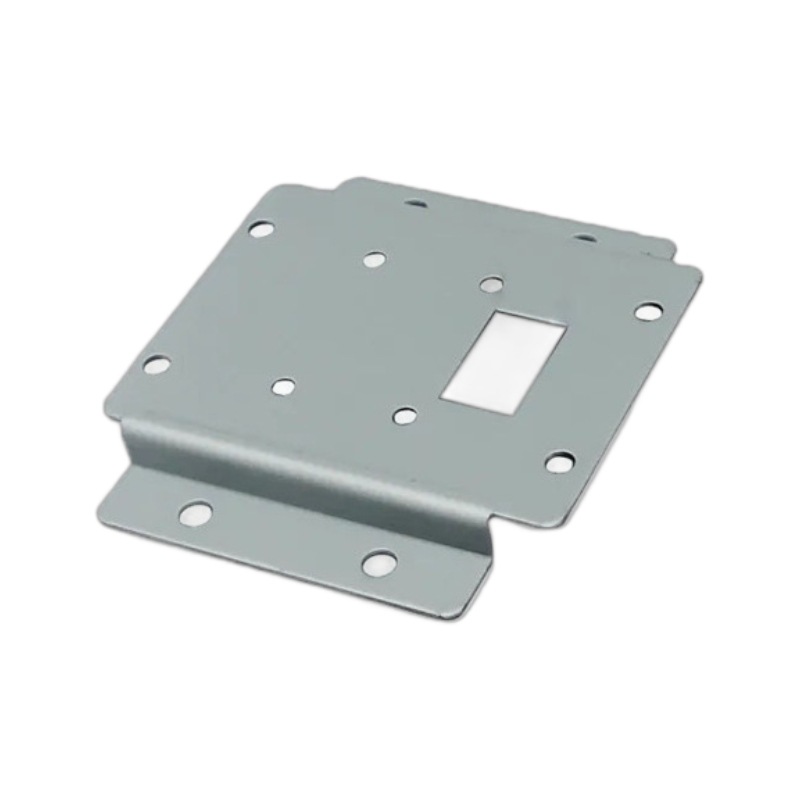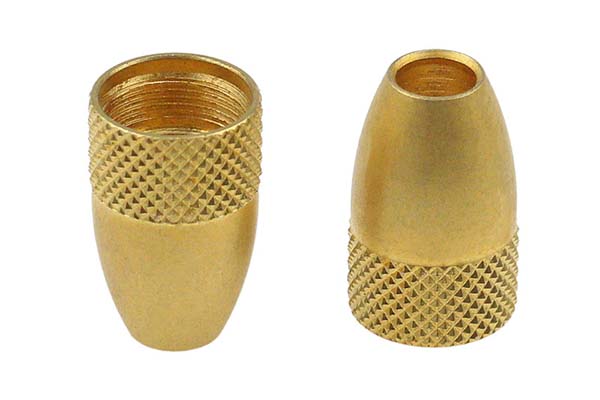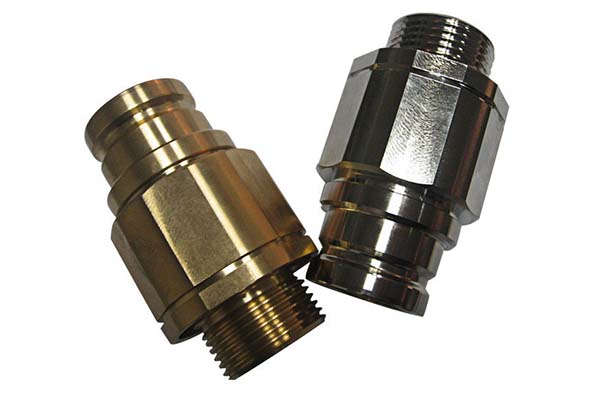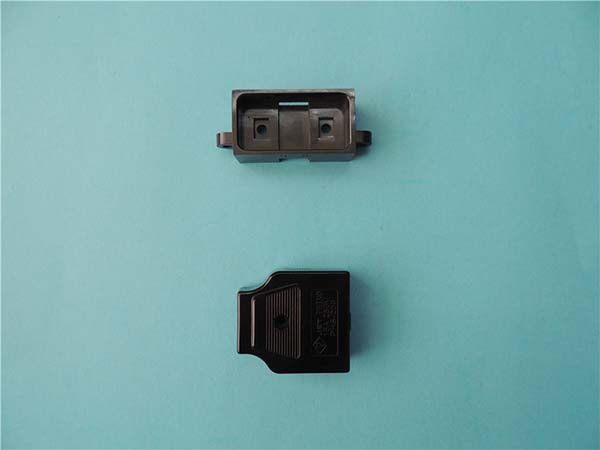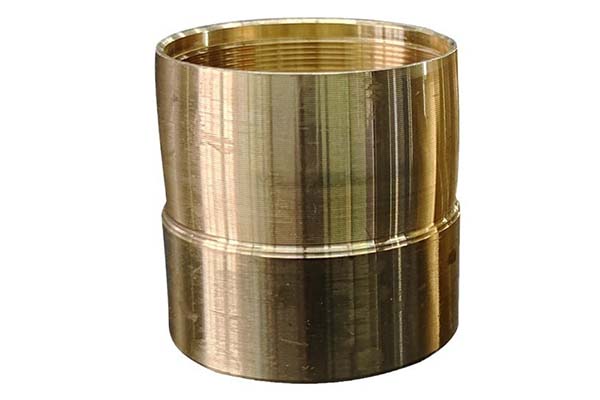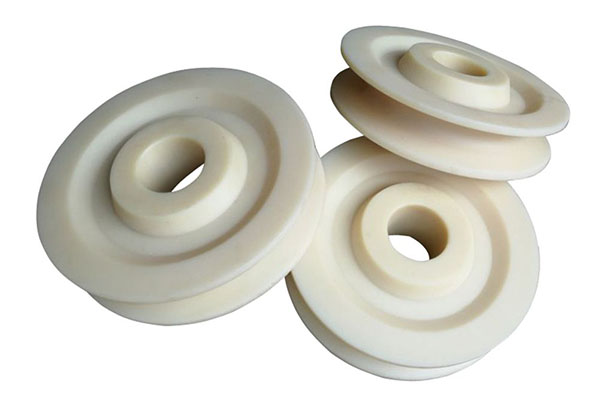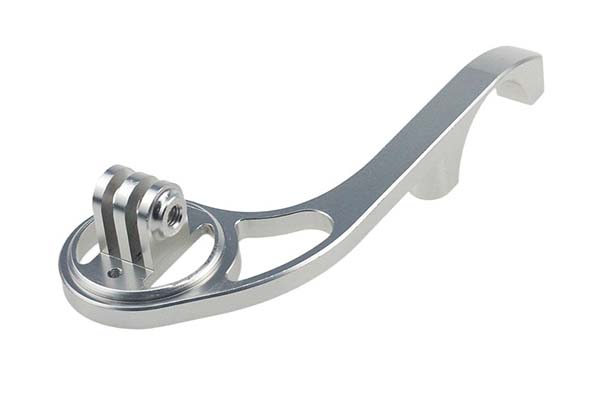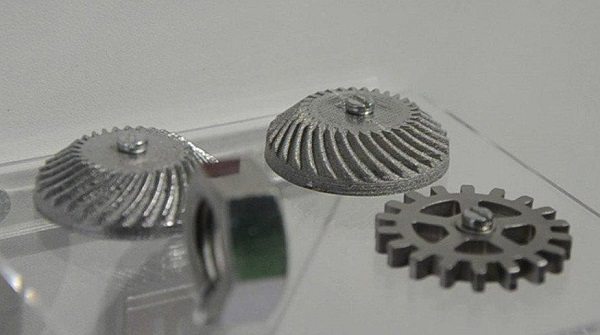When it comes to large machined parts, manufacturers and engineers face a unique set of headaches. Imagine spending weeks on a massive steel component only to find it warps during final inspection, or realizing your CNC machine can’t handle the part’s dimensions without sacrificing precision. These aren’t just minor inconveniences—they lead to missed deadlines, ballooning costs, and even lost contracts. From managing thermal deformation during grinding to ensuring dimensional accuracy in parts larger than a pickup truck, the journey from raw material to finished product is riddled with obstacles. In this guide, we’ll break down everything you need to know about creating reliable, high-quality large machined parts, from material selection to cost efficiency, and how to turn challenges into opportunities.
The Manufacturing Process: Precision in Every Cut
Creating large machined parts isn’t just a scaled-up version of small-part manufacturing. The manufacturing process demands specialized techniques to handle size without losing accuracy. Let’s break down the key steps:
- Cutting: For materials like steel and titanium, high-powered plasma or laser cutting is preferred to handle thicknesses up to 12 inches. Studies show these methods reduce material waste by 30% compared to traditional sawing for large components.
- Milling and Turning: Large-scale CNC machines with beds over 20 feet long are essential. A recent survey of aerospace manufacturers found that 85% rely on 5-axis milling for complex large parts, as it reduces setup time by 40%.
- Grinding and Drilling: Grinding large surfaces requires coolants with 20% higher lubricity to prevent heat buildup. Meanwhile, drilling holes larger than 6 inches in diameter often uses specialized indexable drills that last 50% longer than standard bits.
Precision engineering is non-negotiable here. Even a 0.001-inch deviation in a 10-foot part can lead to assembly failures. That’s why leading manufacturers invest in real-time monitoring systems during production techniques, ensuring every step stays within tight tolerances.
Material Selection: Balancing Strength and Workability
Choosing the right material for large machined parts is a balancing act. You need material strength to handle heavy loads, but also workability to avoid excessive tool wear. Here’s how the top options stack up:
| Material | Tensile Strength (PSI) | Machinability Rating* | Best For |
| Steel | 60,000–200,000 | 70 | Heavy machinery, construction |
| Aluminum | 10,000–80,000 | 90 | Aerospace, marine |
| Titanium | 60,000–160,000 | 30 | High-temperature applications |
| Cast Iron | 20,000–60,000 | 60 | Industrial equipment bases |
*Higher = easier to machine (100 = free-cutting steel)
Stainless steel is a wildcard—its corrosion resistance makes it ideal for marine and food processing equipment, but its low thermal conductivity can cause tool wear 25% faster than carbon steel. For parts needing both strength and light weight, composite materials are gaining ground, though they require specialized cutting tools to avoid delamination.
Quality Control: Ensuring Perfection in Every Dimension
For large machined parts, quality control isn’t an afterthought—it’s a continuous process. Here’s how to keep parts within spec:
- Inspection: Laser scanners can measure parts up to 50 feet with accuracy down to 0.0005 inches. One automotive supplier reported a 70% drop in rejections after adopting 3D scanning.
- Surface Finish: Ra (roughness average) requirements often go as low as 0.8μm for hydraulic components. Achieving this on large surfaces requires precision grinding with diamond wheels.
- Testing Methods: Ultrasonic testing is standard for detecting internal defects in thick steel parts, while coordinate measuring machines (CMMs) verify dimensional accuracy across hundreds of data points.
Adhering to quality standards like ISO 9001 and AS9100 is critical, especially for aerospace and medical applications where failures can have catastrophic consequences.
Applications: Where Large Machined Parts Shine
Large machined parts are the backbone of several industries:
- Aerospace: Jet engine casings (up to 12 feet in diameter) and wing spars demand titanium and high-strength alloys.
- Heavy Machinery: Excavator booms and bulldozer frames rely on steel parts weighing over 10 tons, requiring specialized welding and machining.
- Power Generation: Turbine housings for nuclear and wind plants often exceed 8 feet in height, with stainless steel construction to resist corrosion.
- Marine: Ship propeller shafts (up to 30 feet long) must withstand extreme torque, making alloy steel the material of choice.
In each sector, the parts must meet unique specs—for example, automotive industry components need to handle vibration, while construction parts prioritize impact resistance.
Challenges and Solutions: Tackling the Big Issues
Even with advanced technology, large machined parts present unique hurdles:
- Large Size Handling: Moving 50-ton parts requires overhead cranes with precision controls. Solution: Modular workholding systems that can adjust to different part sizes, reducing setup time by 50%.
- Thermal Deformation: A 20-foot aluminum part can expand by 0.2 inches in hot conditions. Solution: Climate-controlled machining environments and compensation software that adjusts tool paths in real time.
- Vibration Control: High-speed milling of large parts causes vibrations that ruin surface finish. Solution: Heavy-duty machine bases with vibration-damping materials and adaptive feed rate algorithms.
- Cost Reduction: Material waste on large parts can add $10,000+ to each unit. Solution: Near-net-shape casting followed by minimal machining, which one supplier used to cut material costs by 35%.
Process optimization is key—lean manufacturing techniques like 5S and Kanban have helped manufacturers reduce lead times for large parts by an average of 22%.
Machining Equipment: The Tools of the Trade
You can’t make large parts with small machines. Here’s what’s essential:
- CNC Machines: Gantry mills with X-axis travels over 30 feet, like those from companies such as Mazak and Haas, are industry standards.
- Cutting Tools: Carbide inserts with TiAlN coatings last 3x longer than uncoated tools when machining steel.
- Automation: Robotic loading systems reduce labor costs by 40% for high-volume large parts, though they require significant upfront investment.
- Workholding Devices: Vacuum chucks and hydraulic clamps ensure parts stay secure during machining, preventing costly slippage.
Many shops now use digital twins—virtual replicas of their machines—to simulate the machining process, catching potential issues before physical production begins.
Cost and Efficiency: Balancing Budget and Quality
Large machined parts aren’t cheap, but smart strategies can keep costs in check:
- Material Cost: Buying pre-cut blanks instead of full sheets reduces waste by up to 40%. For titanium, which costs \(30–\)50 per pound, this translates to major savings.
- Labor Cost: Automated CNC machines can run 24/7, cutting labor expenses by 60% compared to manual operation.
- Energy Consumption: Large machines use 50–100 kWh, but variable frequency drives can reduce energy use by 25% during low-load periods.
- Time Management: Setup times for large parts often exceed 8 hours, but using standardized fixtures cuts this to under 2 hours, increasing machine utilization by 30%.
The goal is to maximize process efficiency without compromising quality—every minute a $500,000 machine sits idle eats into profits.
Yigu Technology’s Perspective
As a leading custom manufacturing supplier in China, Yigu Technology understands the complexities of large machined parts. We’ve invested in a fleet of 5-axis CNC machines with 30-foot work envelopes and climate-controlled facilities to ensure precision. Our team specializes in material selection, matching steel, aluminum, and titanium to each project’s needs, while our quality control lab uses laser scanners and ultrasonic testing to verify every part. We focus on process optimization to keep costs down, whether through near-net-shape casting or automated workflows. For us, large parts aren’t just a challenge—they’re an opportunity to showcase engineering excellence.
FAQ
- What’s the maximum size of machined parts you can produce?
Most manufacturers handle parts up to 50 feet in length and 10 feet in diameter, though specialized shops can go larger with custom equipment.
- How do you prevent thermal deformation in large aluminum parts?
Using climate-controlled facilities, coolant systems that maintain a constant 68°F, and software that adjusts tool paths based on real-time temperature readings.
- Which industries have the strictest requirements for large machined parts?
Aerospace and nuclear power generation top the list, with tolerances as tight as ±0.0005 inches and rigorous material certification requirements.
